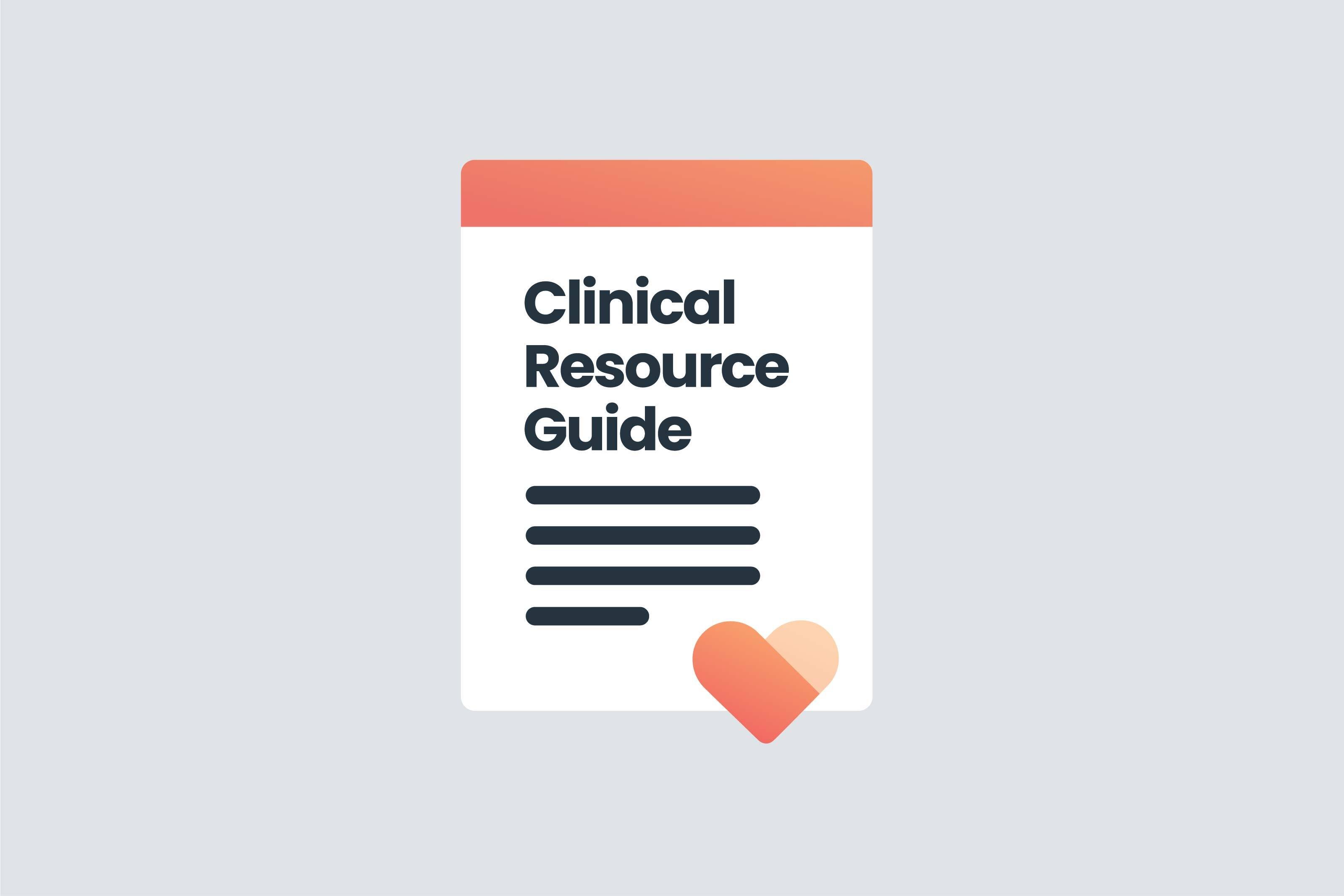3 min read
Palliative Sedation Clinical Resource Guide
 Rebecca Christensen, PharmD
:
Mar 1, 2023 12:30:00 AM
Rebecca Christensen, PharmD
:
Mar 1, 2023 12:30:00 AM

Palliative sedation is the practice of relieving refractory and distressing symptoms in a terminally ill person, primarily through pharmacologically reducing consciousness. It is typically administered by intravenous, subcutaneous, or rectal route.
INTRODUCTION TO PALLIATIVE SEDATION
Palliative sedation is considered a last resort in extreme situations for patients whose symptoms cannot be controlled by any other methods. These symptoms are typically overwhelming pain, dyspnea, nausea, convulsions, hemorrhage, or agitated delirium. For some patients, relief of symptoms may outweigh the desire to be fully conscious.
Pharmacist Corner Objectives
1.) Describe criteria and ethical considerations of palliative sedation
2.) Understand the pharmacological management of palliative sedation
3.) Identify clinical pearls and palliative sedation tips
CRITERIA FOR PALLIATIVE SEDATION
- All means of alleviating suffering have been ineffective or have produced intolerable side effects
- The goal is to palliate symptoms, not hasten death
- Advisory council or ethics committee consultation and review
- The decision is in line with the care goals of the patient or appointed decision maker
ETHICAL CONCERNS: SEDATION VS EUTHANASIA
There are fundamental differences between sedation and euthanasia. The intended goal of palliative sedation is to relieve severe distress and suffering from symptoms perceived to be unbearable. It is not intended to hasten death, but rather, to better control refractory symptoms. In contrast, euthanasia is performed with the intent to end the patient’s life. A careful interdisciplinary review and consideration by an ethical committee is advised.
Table 1. Pharmacological Management of Palliative Sedation Anesthetics
|
Anesthetics |
|||
|
Medication |
Usual Adult Dose |
Common Formulations |
Notes |
|
Propofol |
0.3-1mg/kg/hr continuous |
10mg/ml injection |
|
|
Antipsychotics |
|||
|
Medication |
Usual Adult Dose |
Common Formulations |
Notes |
|
Haloperidol |
0.5-2mg Q4-12hr |
Tablets: 0.5, 2, 2, 5, 10mg Oral solution: 2mg/ml Injection: 5mg/ml |
|
|
Chlorpromazine |
25-100mg Q4-12hr intermittent or 3-5mg/hr continuous |
Tablets: 10, 25, 50, 100, 200mg Injection: 25mg/ml |
|
|
Barbiturates |
|||
|
Medication |
Usual Adult Dose |
Common Formulations |
Notes |
|
Pentobarbital |
1-5mg/kg/hr continuous |
Injection: 50mg/ml |
|
|
Phenobarbital |
60-120mg Q4-12hr intermittent or 0.5mg/kg/hr continuous |
Tablets: 15, 16.2, 30, 32.4, 60, 64.8, 97.2, 100mg Injection: 65mg/ml, 120mg/ml |
|
|
Benzodiazepines |
|||
|
Medication |
Usual Adult Dose |
Common Formulations |
Notes |
|
Lorazepam |
0.5-2mg Q2-8hr intermittent or 0.01-0.1mg/kg/hr continuous |
Tablets: 0.5, 1, 2mg Oral solution: 2mg/ml Injection: 2mg/ml, 4mg/ml |
|
|
Midazolam |
0.5-1mg/hr continuous |
Injection: 1mg/ml, 5mg/ml |
|
PHARMACOLOGICAL MANAGEMENT: CLINICAL PEARLS
- Treatment of other symptoms such as pain or nausea should be continued along with palliative sedation.
- Level of sedation may range from light to complete unconsciousness. The lowest amount of sedation that has the desired effect should be used.
- It may be appropriate to reduce sedation periodically to assess efficacy and continued need.
- Artificial hydration and nutrition are not typically expected to benefit patients receiving palliative sedation, as patients are typically imminently dying (e.g., 24-72 hours).
- When possible, palliative sedation should be discussed as part of comprehensive goals of care planning when death is not imminent but the patient is at risk of intolerable suffering.
SUMMARY
Palliative sedation utilizes specific sedative non-opioid medications to reduce consciousness. The goal is to relieve suffering in terminally ill patients when all other options have been exhausted. Decisions should be made via an interdisciplinary approach with consideration for treatment method, ethical concerns, and patient’s wishes.
References:
- Protus, B. M., Kimbrel, J. M., & Grauer, P. A. (2015). Palliative care consultant: Guidelines for Effective Management of Symptoms. Hospiscript Services.
- Palliative Care Network of Wisconsin. (2022, October 13). Palliative sedation in the home setting - Palliative Care Network of Wisconsin. https://www.mypcnow.org/fast-fact/palliative-sedation-in-the-home-setting/
- American Academy of Hospice and Palliative Medicine. (n.d.). Palliative sedation | AAHPM. 2024. https://aahpm.org/positions/palliative-sedation
- Cherny, N., MD. (2022). Palliative sedation. UpToDate.


